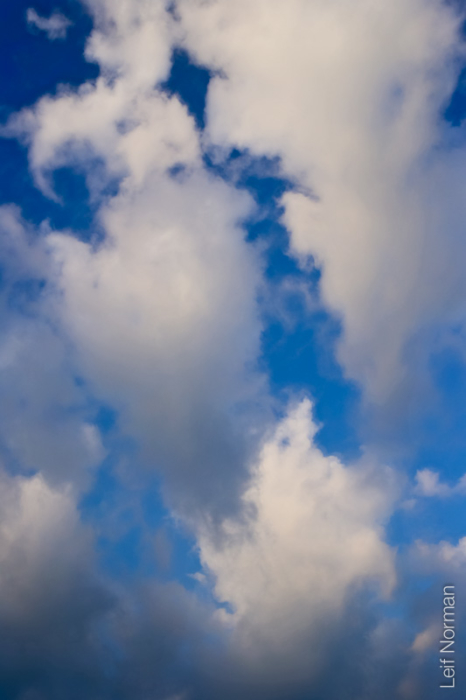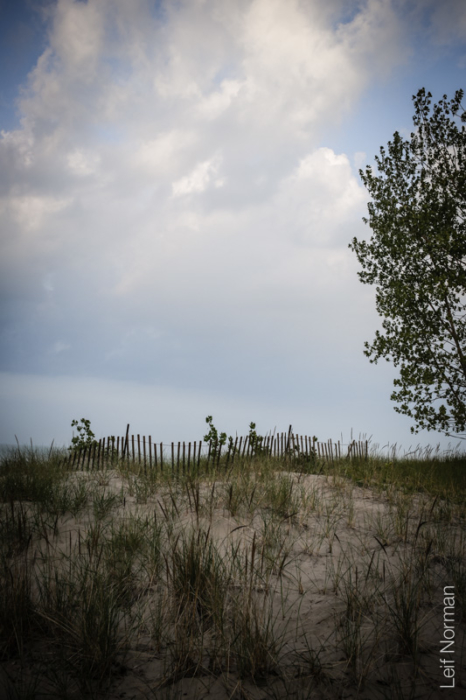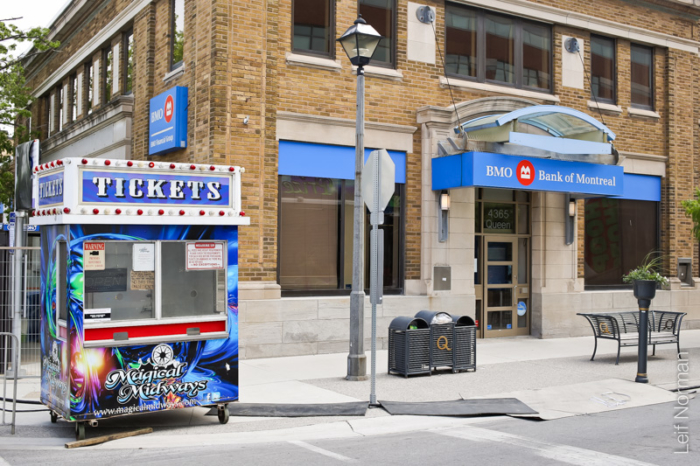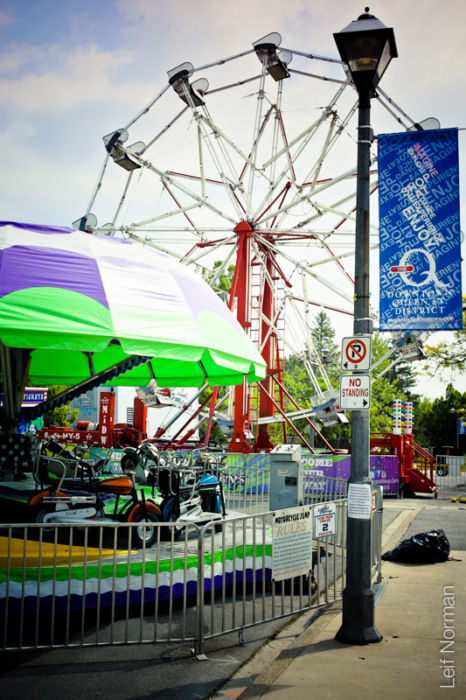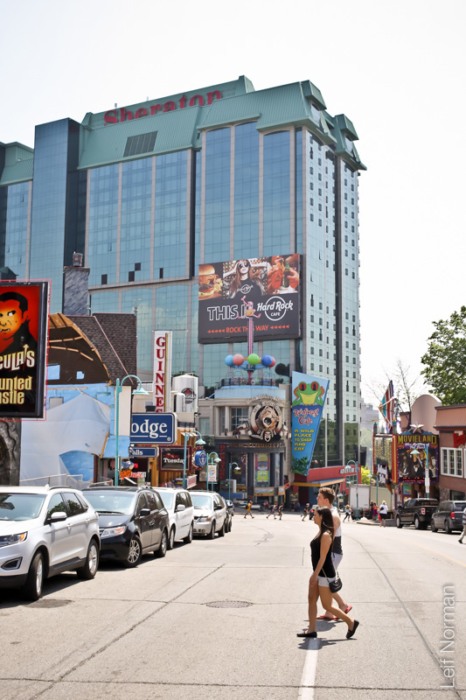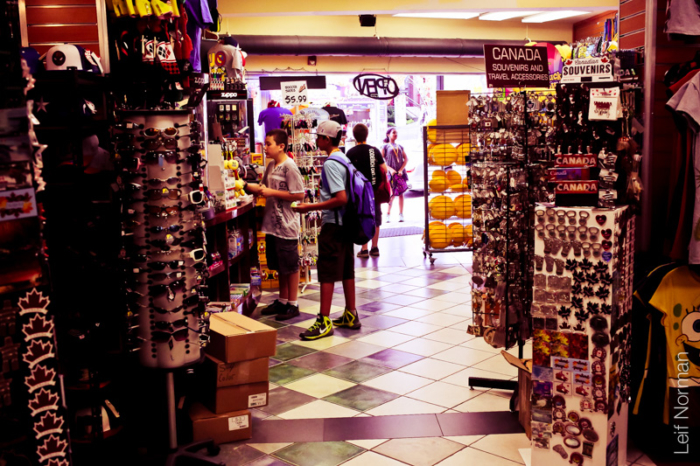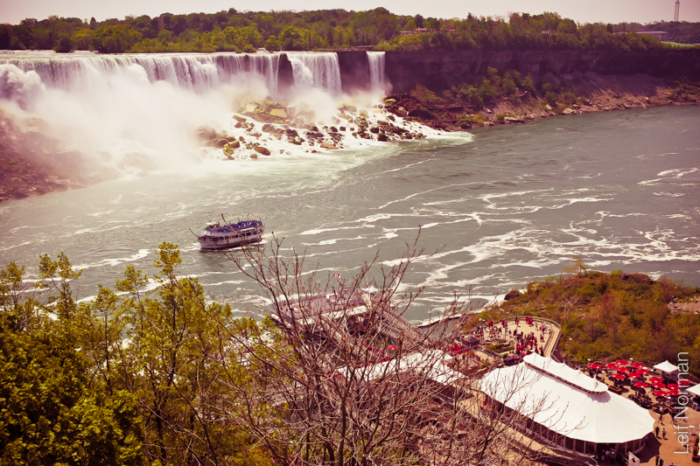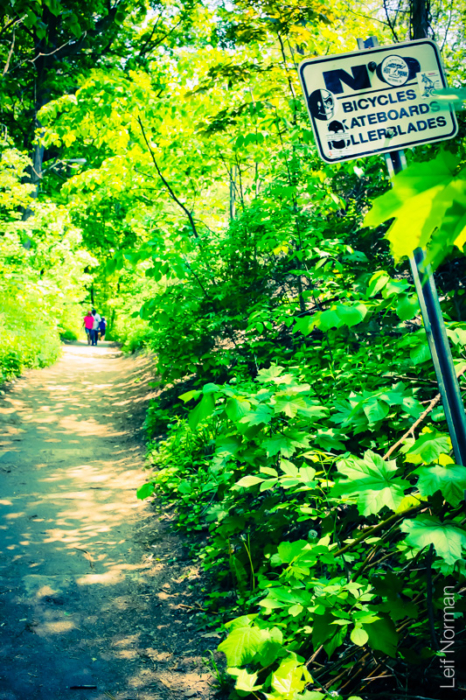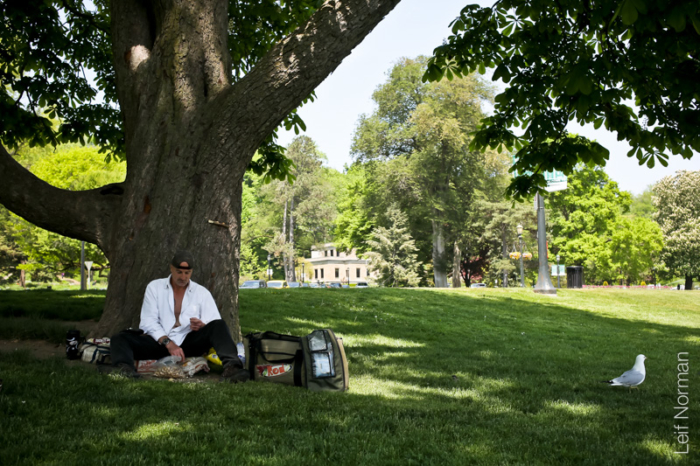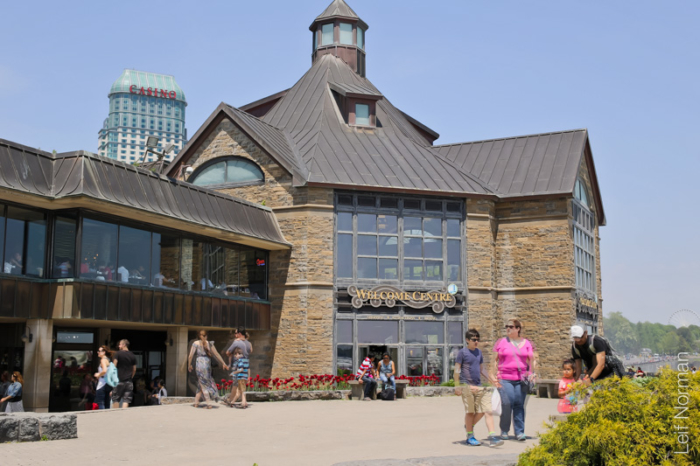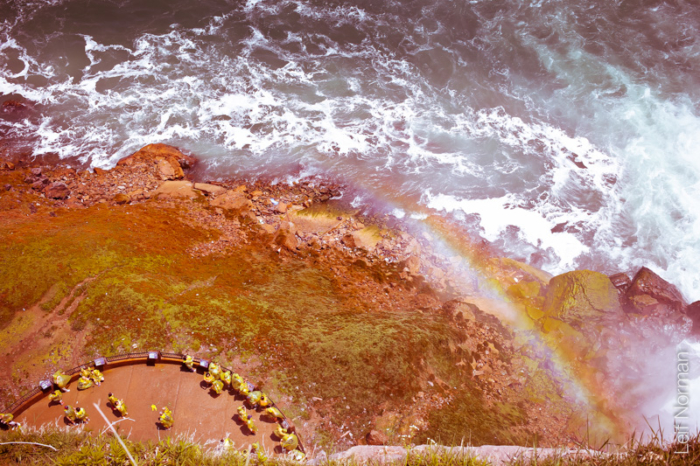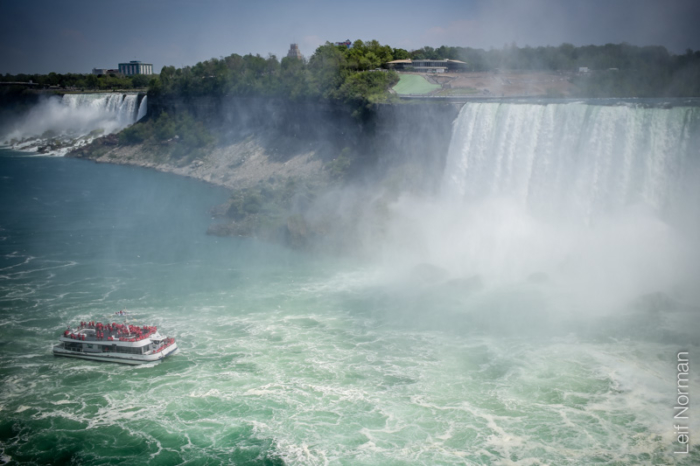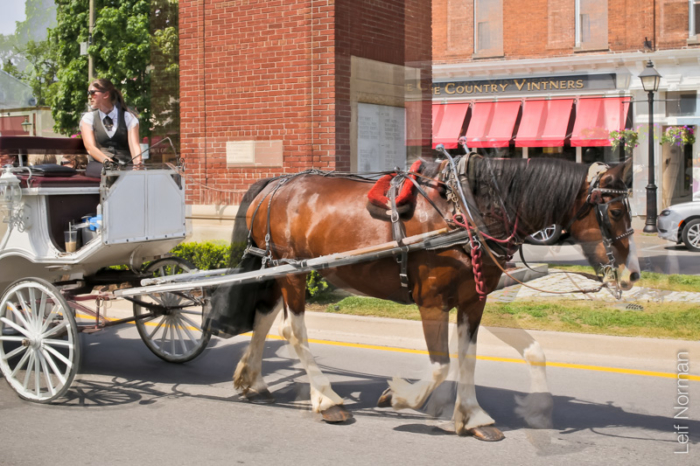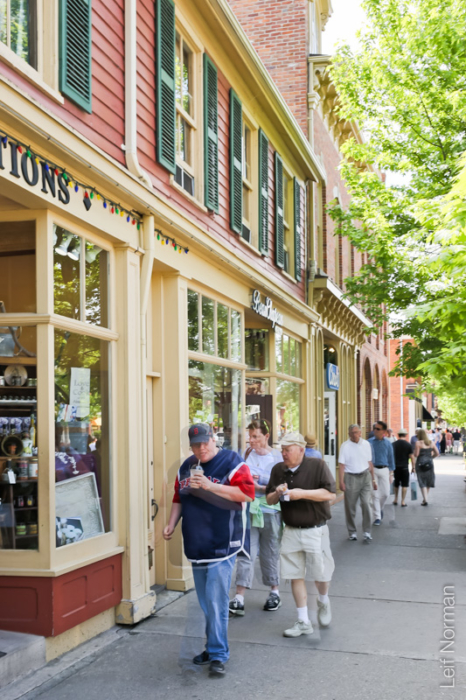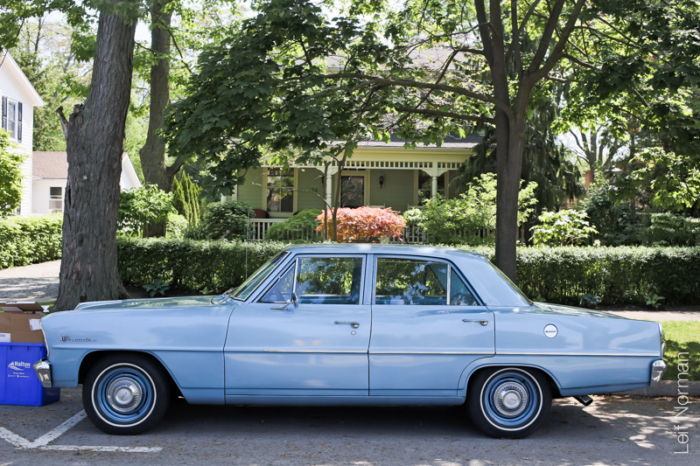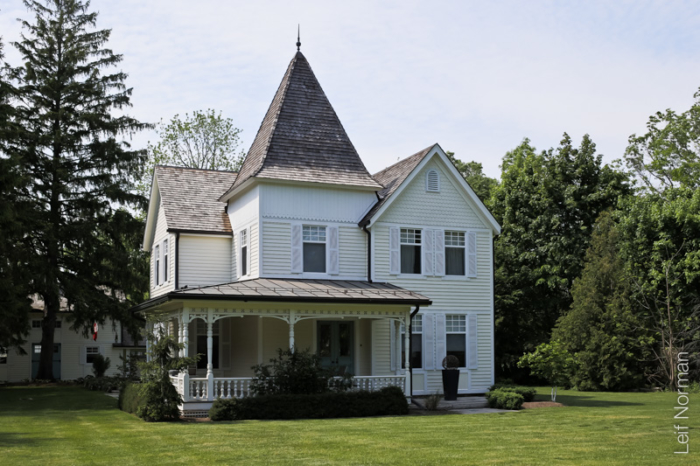Long Point to Niagara Falls, and Niagara on the Lake.

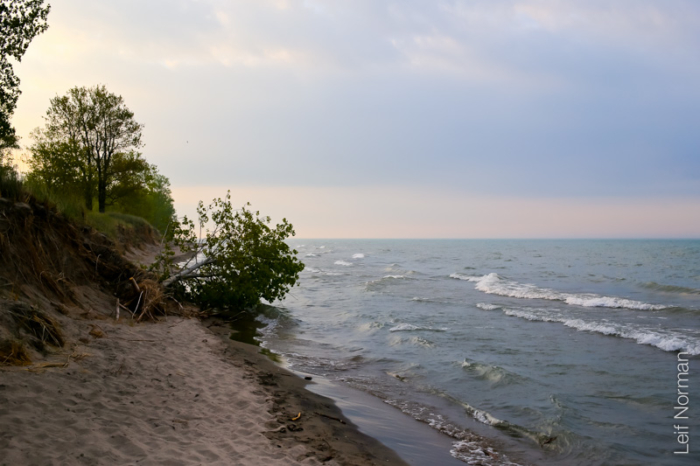
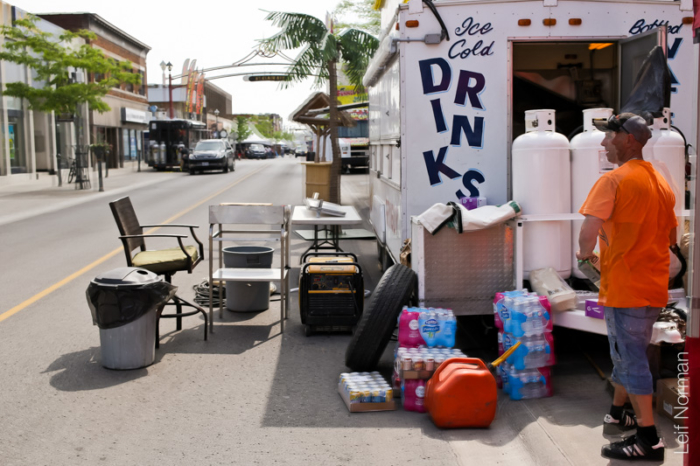
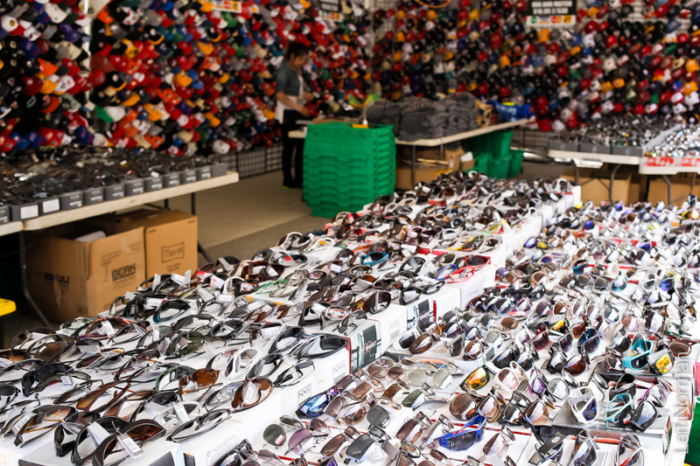

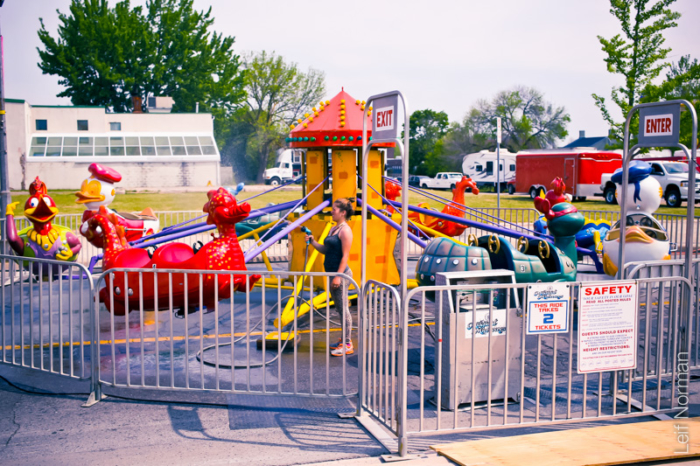

“MAJOR LLOYD HILL
Major Lloyd Hill was following in the foot steps of his famous daredevil family. He was the son of William “Red” Hill Sr. and the brother of William “Red” Hill Jr. both accomplished daredevils of Niagara.
On July 30th 1949, Major Lloyd Hill, using a 650 pound barrel, successfully navigated the Whirlpool Rapids. Hill became stranded in the Whirlpool and had to be rescued by the City of Niagara Falls Fire Department.
On August 6th 1950, Major Lloyd Hill navigated the Whirlpool Rapids in a barrel and circled the Whirlpool twice before floating to calmer waters. His barrel was towed to the entrance to the Lower Great Gorge before being released to continue his journey to Queenston. Hill’s journey took two hours and 45 minutes, beating his brother’s previous record of 5 hours.
On July 31st 1954, Major Lloyd Hill made his third successful trip through the Whirlpool Rapids in a barrel. When Hill arrived at the Whirlpool, he came ashore at the boundary of the Spanish Aero Car. The Ontario Provincial Police were waiting to greet Hill at this spot. Hill was not charged but the police had spoiled his plan to finish at Queenston.
Two years later, Major Lloyd Hill attempted to ride through the Whirlpool Rapids. Hill was stranded in the Whirlpool for three hours before he was released by the current. Once he was close enough to the shore, Hill jumped out of the barrel and swam to shore dragging the barrel, partially filled with water, behind him.”
http://www.niagarafallsinfo.com/history-item.php?entry_id=1479¤t_category_id=277
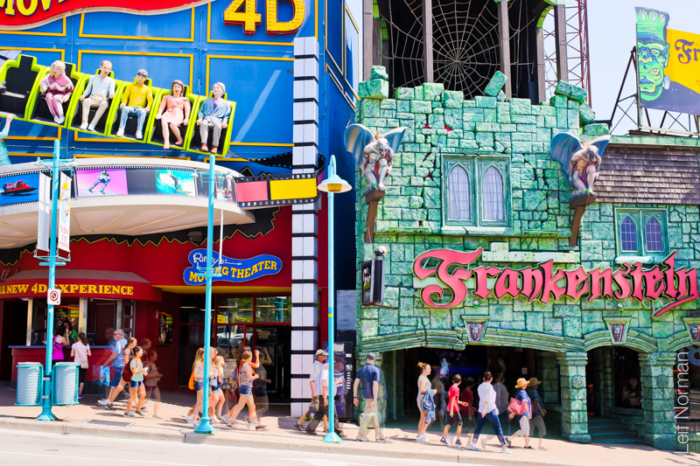
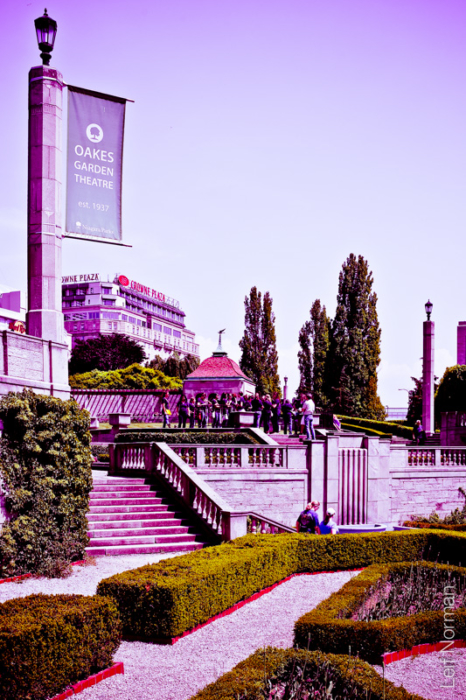
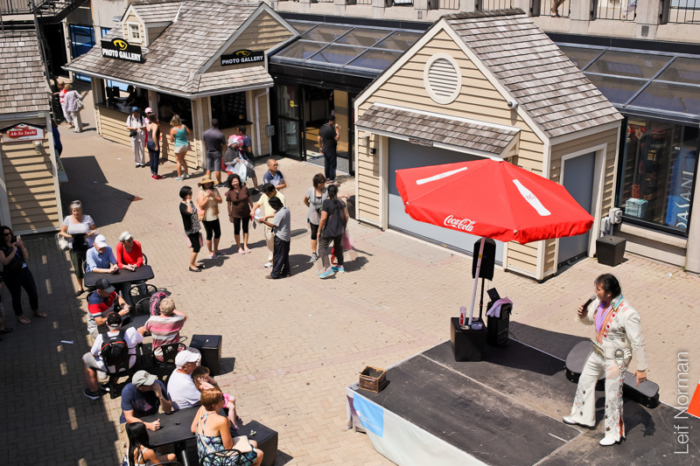
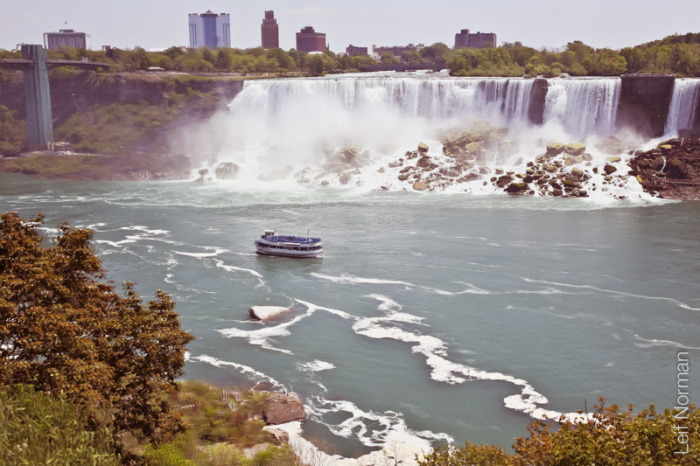
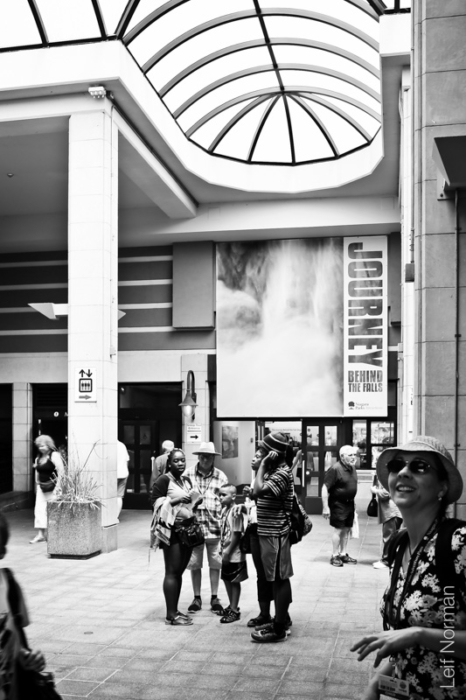
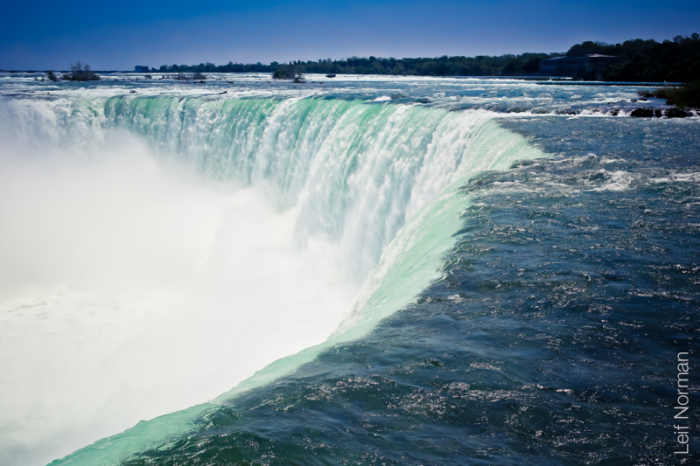
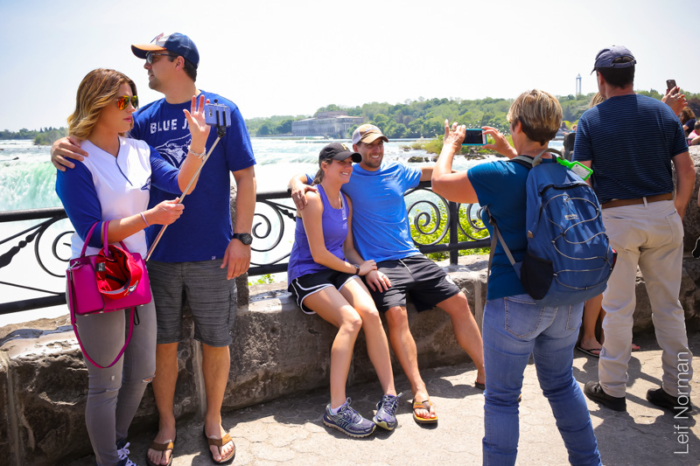


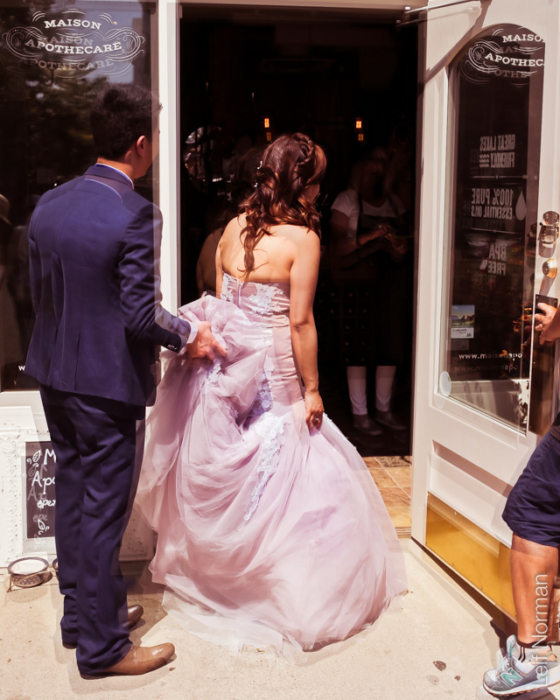
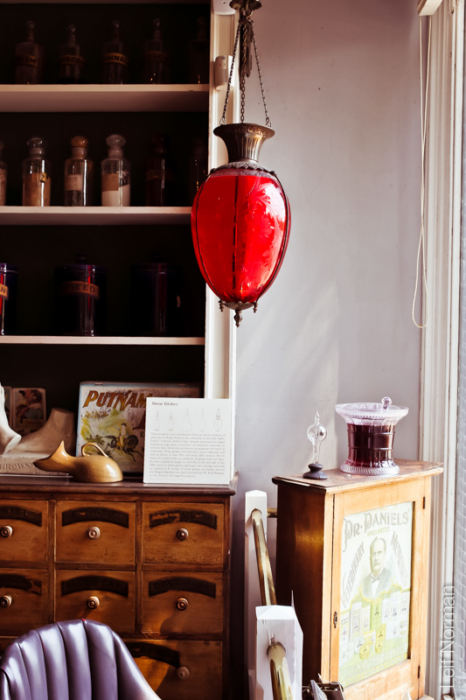
“The Niagara Apothecary at the Sign of the Golden Mortar is an excellent example of high style, eclectic mid-Victorian commercial architecture. The Italianate façade features arched glazed double doors and two arched plate glass show windows with accents of a Florentine “twisted rope” treatment.
Shown here (right) is the exterior as restored in 1971 to its 1869 opening. One of Canada’s most noted restoration architects, Peter Stokes, who lived within eyesight of the Apothecary, supervised the meticulous restoration.
The interior, with its lustrous black walnut and butternut fixtures, elaborate plaster rosettes to anchor three crystal chandeliers (actually gasoliers in their time) projected an impression of 19th-century well-being and financial stability. This was especially grand for a small town in a rural setting, but it was intended by its owner to offer a boost to a community experiencing difficult financial and political problems beyond its control.
The original interior fittings of the Apothecary, all in use for nearly a century from 1869 to 1964, have been painstakingly restored. The hub of the Apothecary was the ornately carved dispensary, which dominates the rear of the main room. With the exception of certain proprietary or patent and non-prescription remedies, even pills and other compounded medications were made in the dispensary during the 19th and early 20th century.” from http://www.ocpinfo.com/extra/apothecary/web/The+Building/index.html
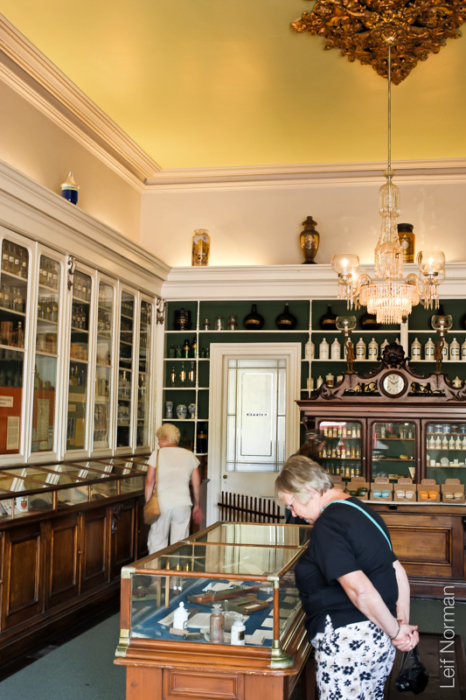

“The Flynn House is situated steps away from the quaint downtown Queen Street area where you will find world class restaurants, the Shaw Festival and local boutiques. It is also conveniently located near some of Ontario’s most famous wineries.
It was built in the 1860′s by George Flynn (a shoemaker) for his family and later during World War II, it was the meeting place for the Knights of Columbus. Rich in history, the home has recently been restored to feature modern amenities while maintaining the property’s old world charm such as wide plank floors and French doors.” http://theflynnhouse.com

